I've been doing a lot of thinking lately, and I know this may be slightly controversial, but I need to say my piece. It all started last year at my daughter's kindergarten end of year celebration. The whole thing left me not in much of a mood to celebrate. I'll get to that later. Anyway, I'm here to say that those A-Z levels, Lexile levels, DRA levels, or whatever you are using need to be used correctly!
I know what you are thinking, why do we even have them? I'll get to that in a bit. First, let's talk about how they are harming our students, parents, and others who care about our children.
Yesterday I read an article in the School Library Journal that really had me thinking. Kierra Parrot interviewed Irene Fountas and Gay Su Pannell, the creators of the A-Z leveling system that is super easy to use. In the article, which you can find here, they just solidified my own beliefs about leveling in our classrooms. We, as teachers, have turned a leveling system into a way of telling our students who they are and what they can read.
How Leveling Harms our Students
It doesn't take much to see how it harms our students, but we keep on doing it.
Our students don't need to know what level they are on. It sickens me to hear my six year old say, "to get the end of year award, I need to be at a level K." NO! No, you don't! You just need to be reading, just like you should be. Telling your students what level they are makes them feel either inferior or superior to other students. And giving an award at the end of the year, makes them just feel like total, well you know.
Limiting what they can read based on their reading levels is truly detrimental to their reading progress. Having a leveled library in our classrooms hinders students from finding what they may want to read. Or realizing on their own what they can't read. When we tell students they can only choose from the bins labeled L, M, and N, we are telling them they could never read anything else. I watched my son go through this. In fifth grade, he wasn't a perfect reader, but his teacher saw his potential. She let him read anything he wanted, moving him to a group that was way above his level. Because he was interested in the book, he got way more out of it as he read it. I see this same progression happening now to my daughter, and I want to stop it.
Kids are smart! They know where they are and what it means. My own daughter, a six year old, said she was in the FROGS group with that awful sounding tone. She just wants to be in the TIGERS or the LIONS. Yeah, they get it. It hurts. It hurt me to hear it. It broke my heart!
And the books she brought home had levels written right there on them, so she knew exactly where she stood. Her friends were all reading way beyond that, and she was feeling left behind.
And, let's talk about the parents for a minute. They really don't need to know what level their child is. Once they know, we all know where it ends up - social media! Yes, right after conferences, I saw it all over the place. "My kindergarten student is reading at a Level C, and it's only October." "I can't believe my first grader is already reading third grade books." Yeah, it hurts, even if your child is reading ON grade level. Simply saying to parents that their child is reading on, above, or below grade level is all they need to know.
Think about the library for a minute.....
How is it organized? Alphabetical order of author and type of book. We go look for something we want to read and read it. That's how our classroom libraries should be organized, by type of books. Students will find what they can and want to read. You may be amazed with what students can challenge themselves to do.
And when your library is leveled and your students have to read within a range of levels, they lose the chance to problem solve and figure out what they can and can't read. We want to teach our students how to find books that they can read and enjoy. It doesn't take much for a student to figure out if a book will work for them or not. And remember, some students will read beyond their levels because they are so motivated to read a good book.
I use this chart to help students know how to pick out books.
And when your library is leveled and your students have to read within a range of levels, they lose the chance to problem solve and figure out what they can and can't read. We want to teach our students how to find books that they can read and enjoy. It doesn't take much for a student to figure out if a book will work for them or not. And remember, some students will read beyond their levels because they are so motivated to read a good book.
I use this chart to help students know how to pick out books.
How Leveling Helps Our Students
Leveling is good for something. There is some good in it. But it's for us.
The teachers, administrators, interventionists, literacy coaches, and data analysts. They need this information to use to drive classroom instruction, to move students around, to choose the right books. They need it.
Leveling helps when we use it to help our students succeed. To make it work perfectly, we can't rely on just beginning or mid-year data. That stalls them. We need to keep assessing through running records to keep them on the right track. Moving students around helps them feel successful and confident in who they are and what they can do. Moving them forward in their books keeps them on their toes and pushes them to move forward as lifelong readers.
Being a reading specialist, I knew what was going on with my daughter, but so many parents don't. So we were both motivated to move in the right direction. I brought home a ton of books beyond her level, and we started reading, reading, reading. Within two weeks, she had moved out of the FROGS and into another group, right where she is supposed to be. It may be some work, but she will get it, and we will work together to continue to be successful. But most parents don't have that ability or the resources to help their child read when they are at those lower levels.
Those levels help our students when we use them as they were intended - a tool for finding the right books for instruction. Let's use it that way! Using best practices with our students will get everyone further as our students work on reading throughout the year.
What are your thoughts on leveling books for your students?
Want to share? Pin for later:
Being a reading specialist, I knew what was going on with my daughter, but so many parents don't. So we were both motivated to move in the right direction. I brought home a ton of books beyond her level, and we started reading, reading, reading. Within two weeks, she had moved out of the FROGS and into another group, right where she is supposed to be. It may be some work, but she will get it, and we will work together to continue to be successful. But most parents don't have that ability or the resources to help their child read when they are at those lower levels.
Those levels help our students when we use them as they were intended - a tool for finding the right books for instruction. Let's use it that way! Using best practices with our students will get everyone further as our students work on reading throughout the year.
What are your thoughts on leveling books for your students?
Want to share? Pin for later:









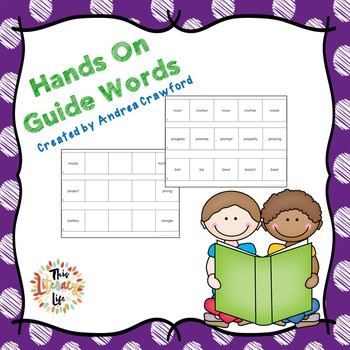
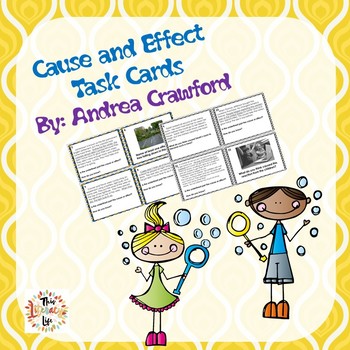
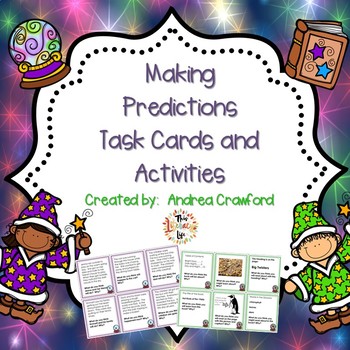

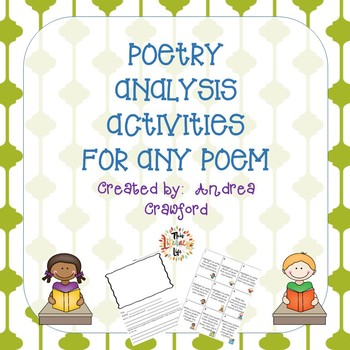
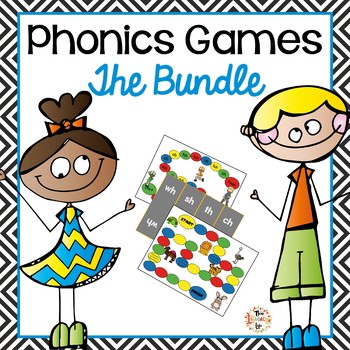

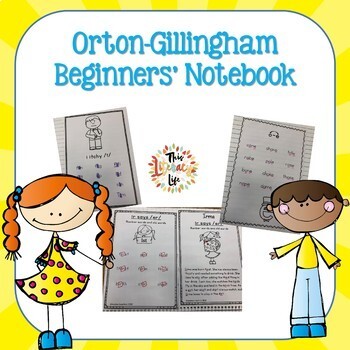







I enjoyed reading your post on this subject. What you have written is so true. Kids should read to enjoy. :)
ReplyDeleteI think so many times as teachers we get caught up in that instructional reading level and don't think about what our students need. Reading for pleasure makes lifelong readers, not reading for a level.
Delete